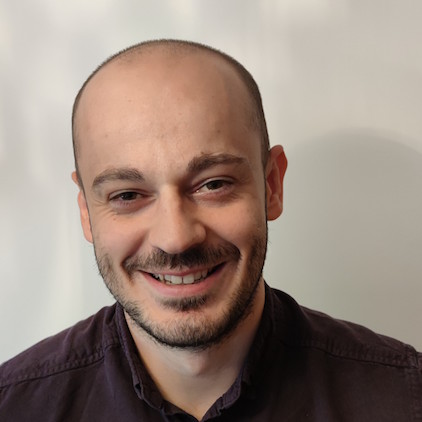
Kieron Coyle, senior BIM technician at Hydrock, was recently named Technician of the Year by the Institution of Engineering and Technology (IET). Here he reveals how he got into BIM and how Hydrock is analysing carbon – both embodied and whole life cycle – in MEP assets.
You recently won the IET’s Technician of the Year: how does it feel and where have you put the trophy?
I couldn’t believe I got to the final shortlisting, never mind actually winning. I couldn’t stop smiling the whole day when I found out. I’ve got the trophy up on a shelf… well out of the way of my little girls!
What does your role at Hydrock involve?
I currently lead the BIM delivery within our Cardiff office, which involves everything from 3D modelling to the data delivery on our projects. I also have a leading role within BIM and innovation within our Building Performance Engineering division, all with the aim of developing everything from new, more intelligent Revit families that are used in our internal processes, to new and exciting Dynamo scripts, standards and templates.
How did you get into BIM?
I first got in to BIM when I joined Hydrock as a trainee BIM technician in 2016 through a scheme called Network 75, which was developed by the University of South Wales. The scheme is a part-time working/learning scheme where I worked alongside my colleagues in Cardiff while studying for a MSc in BIM. Network 75 is a fantastic scheme that I recommend to every employer to get involved with to promote and encourage the next generation of apprenticeships and engineers.
What’s the biggest challenge you’ve had to overcome so far?
When we moved into the first lockdown and a new way of working for us all – we had a really strong pipeline of projects at the time. However, having a toddler and with the local nurseries being closed, it certainly became a challenge at times, especially when she found out where the power button was for my computer!
If you could make one change to the industry, what would it be?
Much of construction is about the bottom line, which doesn’t leave much room for innovation, particularly for those smaller companies. You do have a few disruptors in the industry like DiRoots with its selection of digital tools, but for the rest it’s a big task of either developing in-house tools or making the case for investment into tools already on the market.
Do your friends and family understand what you do? And if not, how do you explain it to them?
Not particularly! It can be difficult to explain what we do in BIM sometimes, even for those in the trades in construction apart from the coordinating/information manager aspect. I like to describe BIM in that we build a 3D virtual copy of a building, making sure it fits together correctly and that it holds all the right information. A bit high level and not entirely accurate, but it gets the message across.
What digital innovation has caught your attention in the past year?
There has been a huge amount of digital innovation recently. At Hydrock, we’re currently looking into the latest TM65 released by the Chartered Institution of Building Services Engineers, which helps to establish a methodology in calculating the embodied carbon in MEP assets. As part of this, we’re fully aware that operationally an MEP solution can account for far more embodied carbon than its materialistic content. We are collaborating with the University of the West of England to examine and create a solution that enables us to intelligently compare and measure the different MEP systems from a whole life-cycle perspective. Quite exciting given COP26 in Glasgow!












